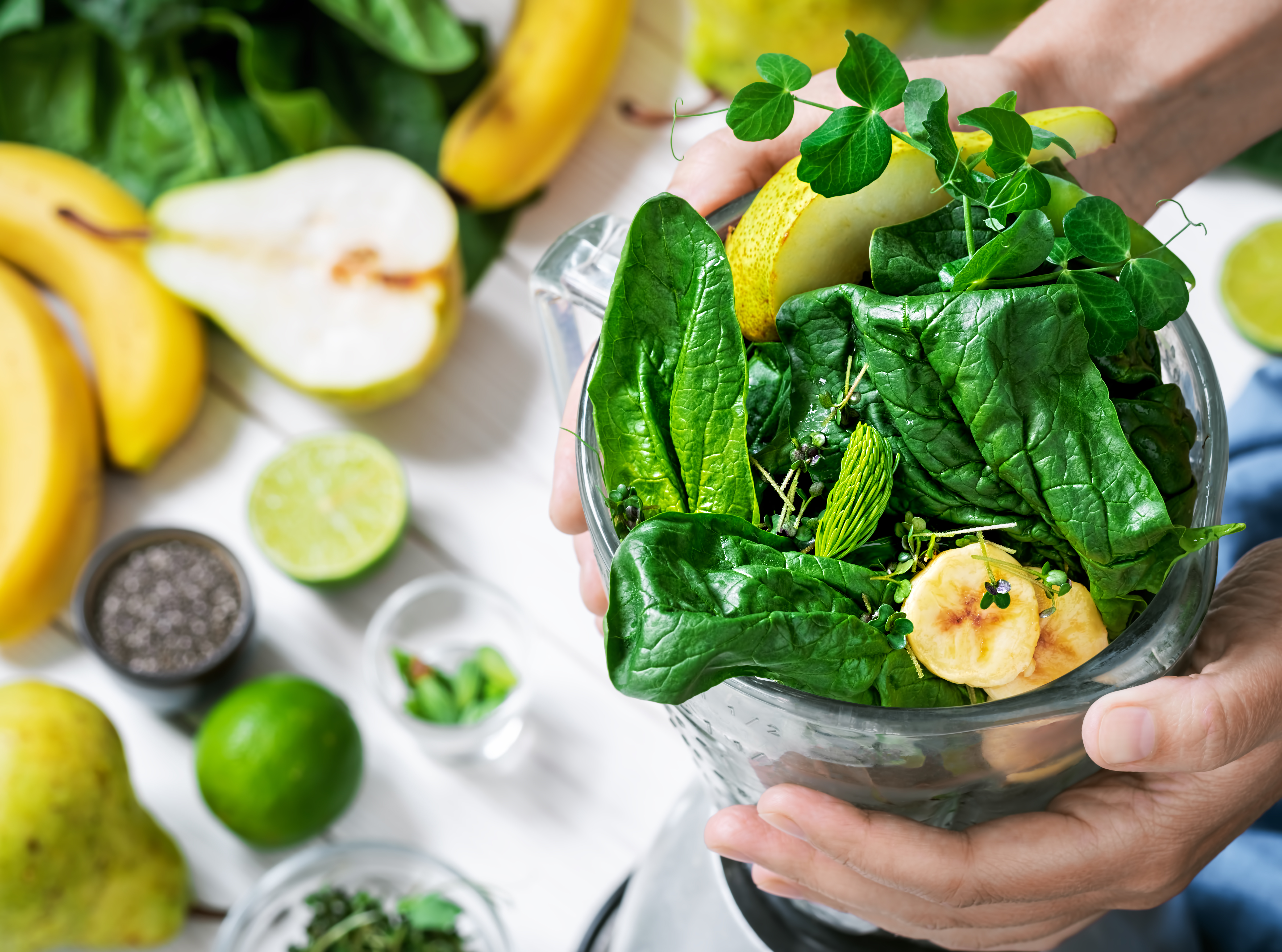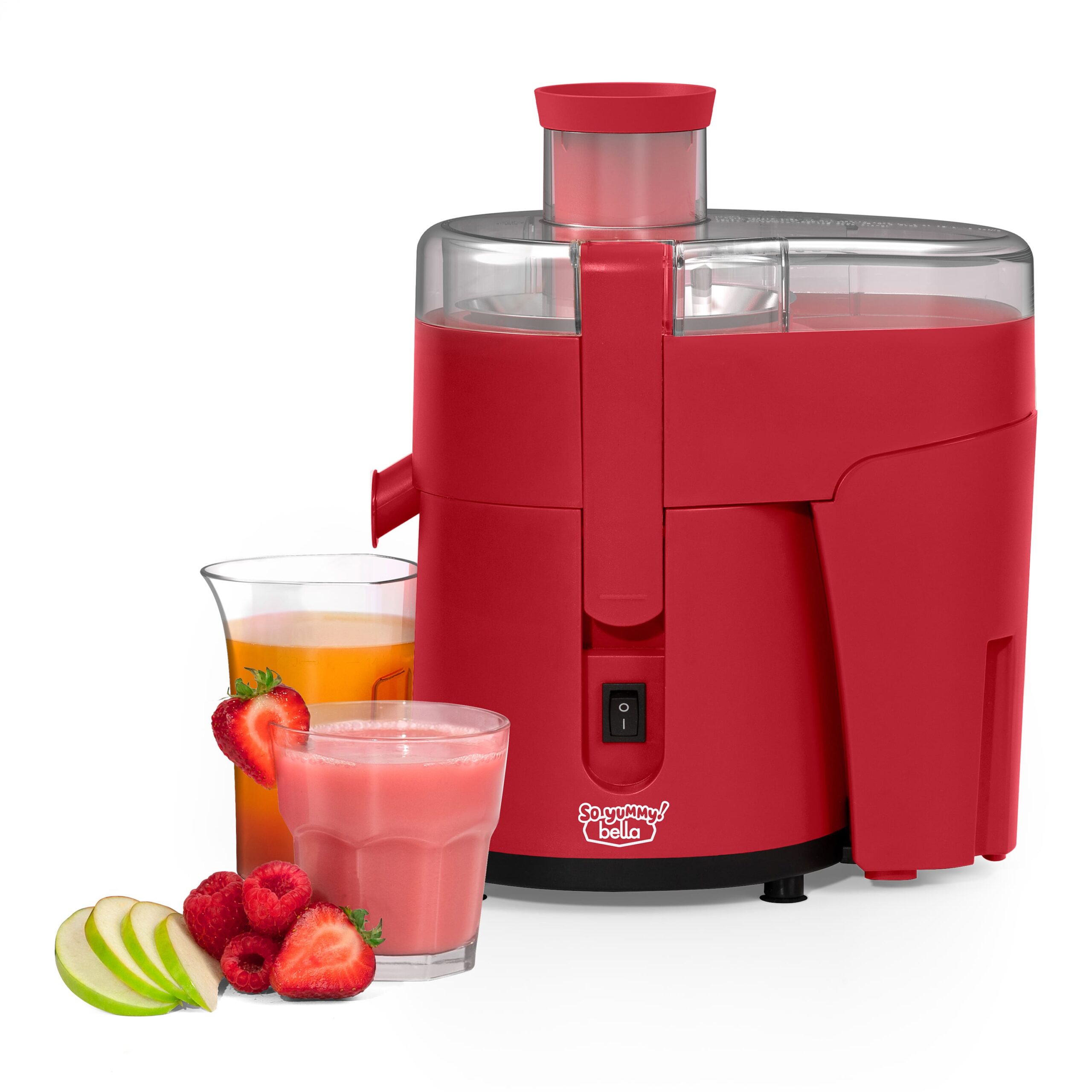Overview of Juicers vs. Blenders
Juicing and blending are two popular methods for incorporating fruits and veggies into weight loss regimens. Juicers extract the liquid from fruits and vegetables, leaving behind the fiber, while blenders blend everything together — including the fiber. Juicing is often preferred for its ability to provide a concentrated dose of nutrients and antioxidants, while blending offers a more filling and fiber-rich option. While you can make anything from baby food to sauces with portable blenders, mini juicers are a little less versatile. Still, mini juicers can save you money during your diet. Whichever one you choose is ultimately up to you and your specific preferences.
Understanding Weight Loss: Juicers vs Blenders — Which is More Effective?
Factors Affecting Weight Loss
Juicers and blenders offer different benefits and drawbacks that can impact weight loss results. Juicers extract the juice from fruits and vegetables, leaving behind the pulp. There are lots of things you can do with the leftover pulp, though, like make tea. Without fiber, the juice may not keep you feeling full for long, potentially leading to increased calorie intake. However, juicing allows for easier absorption of nutrients, as the body doesn’t have to break down the fiber.
On the other hand, blenders blend whole fruits and vegetables, including the fiber-rich pulp. This retains the fiber content, promoting better digestion, regulating blood sugar levels, and increasing feelings of fullness. The fiber also slows down the absorption of sugars, preventing blood sugar spikes and crashes, which can impact weight loss efforts.
Importance of a Balanced Diet
A balanced diet consists of a variety of nutrient-dense foods, including lean proteins, whole grains, healthy fats, and plenty of fruits and vegetables. Juicing and blending can be a convenient way to increase your fruit and vegetable consumption, especially for those who struggle to eat them in their whole form.
However, it’s important to note that relying solely on juices or smoothies for weight loss can lead to nutritional deficiencies. Whole foods provide a wider range of essential nutrients, including vitamins, minerals, and antioxidants. Therefore, it’s best to complement juicing or blending with a well-rounded diet that includes a variety of food groups.

Juicing for Weight Loss
Benefits of Juicing
One of the main benefits of juicing is that it allows you to easily increase your daily intake of vitamins, minerals, and antioxidants. By extracting the juice from fruits and vegetables, you can consume a larger quantity of produce in a more concentrated form. This can be especially beneficial for individuals who struggle to consume the recommended daily servings of fruits and vegetables. Juicing also provides a way to easily incorporate a wide range of fruits and vegetables into your diet. You can experiment with different combinations and flavors to create delicious and nutritious juices.
Potential Drawbacks of Juicing
While juicing has its benefits, there are also potential drawbacks to consider. One drawback is the loss of fiber during the juicing process, as well as the time and cost involved. While mini juicers can help you save money, regular-sized ones are on the pricier side. Not to mention all the time it can take to prepare the produce and clean the appliance, especially if you plan on juicing in large batches. Because of this, it may not be the most practical weight loss method for individuals with a busy and hectic schedule.
Blending for Weight Loss: Juicers vs. Blenders
Benefits of Blending
Unlike juicers, portable blenders can simplify your on-the-go lifestyle. All you need to do is wash your produce, toss it into the blender, and you’re done! While cleanup can sometimes be a bit of a pain, it’s less complicated than juicers can be. Plus, smoothies’ fiber retention can help you stay fuller for longer, reducing the likelihood of overeating. It can also prevent the sudden spikes and crashes that lead to cravings. Additionally, blending allows for the inclusion of a variety of ingredients in a single serving, providing a wide range of essential nutrients and antioxidants.
Potential Drawbacks of Blending
While blending has its advantages, there are a few potential drawbacks to consider. One issue is that the high-speed blending process can introduce heat and oxygen, which may lead to nutrient loss in some ingredients. Moreover, the breakdown of fiber during blending can cause a quicker release of sugars into the bloodstream, potentially impacting blood sugar control for individuals with diabetes. Another drawback is the need to consume blended beverages immediately as they tend to separate and lose their desired texture over time. Finally, some blenders may not effectively break down tougher ingredients like seeds or fibrous greens, resulting in a less smooth consistency.
Comparing Juicing and Blending for Weight Loss
Effectiveness in Weight Loss
Both juicing and blending can be effective tools for weight loss, but they work in different ways. Juicing can be beneficial for weight loss due to its high nutrient content and low calorie density. By consuming nutrient-rich juices, you can satisfy your body’s nutritional needs while consuming fewer calories. However, juicing alone may not provide enough fiber and protein for long-term satiety and muscle maintenance.
Blending, on the other hand, can be more effective for weight loss as it retains the fiber content of fruits and vegetables. Blended smoothies can also be easily customized to include protein sources, like Greek yogurt or plant-based protein powders, which aid in muscle building and weight management.
Juicers vs. Blenders: Choosing the Right Ingredients and Recipes
When it comes to juicers vs blenders, it’s important to choose ingredients that are nutrient-dense and low in added sugars. For juicing specifically, focus on incorporating a variety of vegetables such as celery, cucumber, and carrots. These vegetables are packed with vitamins, minerals, and antioxidants that support weight loss. Additionally, adding a small amount of fruits like apples or lemons can enhance the flavor without adding excessive sugars.
When it comes to blending, consider including a combination of leafy greens, like spinach or kale, along with healthy fats like avocado or nut butter. These ingredients not only provide essential nutrients but also help to keep you feeling satisfied for longer periods, reducing the temptation to snack on unhealthy options.
Experimenting with different recipes is key to finding what works best for you. Try incorporating juicing and blending into your daily routine and observe how your body responds. Remember, consistency is key when it comes to weight loss, so make juicing or blending a part of your long-term healthy lifestyle.



